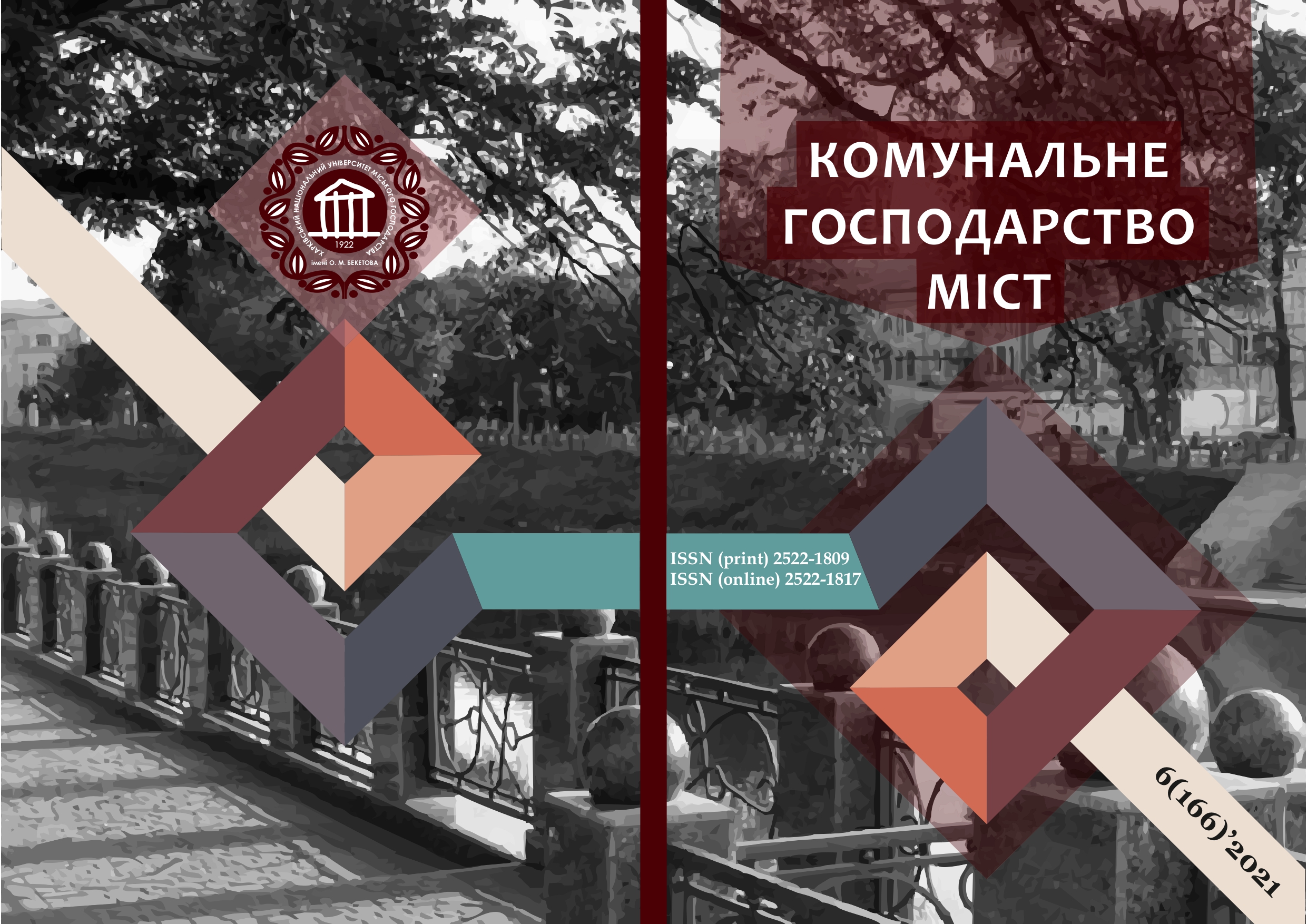JUSTIFICATION OF THE EXECUTIVITY OF THE SINGLE-FORMAT TECHNOLOGY OF AUTOMATED PROCESSING OF THE RESULTS OF GEODESIC MEASUREMENTS
Array
Keywords:
automated design, geodetic measurements, software, in-house work.Abstract
The expediency of single-format technology of automated processing of geodetic measurements for the needs of the road construction industry is considered. This technology allows you to perform end-to-end automated processing of geodetic measurements with subsequent automated design and transfer the results of one design phase to the next in a single format and a single design environment.
Through single-format automated technology for processing geodetic measurements and development of design solutions is to transfer the results of one stage of data processing or development of design solutions to another in one format and one software package. In the event of any corrections to previous results or the
development of new solutions at any stage, all changes should be reflected in all parts of the project. This approach will allow the use of a one-time digitally developed highway project at all subsequent stages in the development of overhaul and reconstruction projects, subject to changes in the digital model of the area. The digital model of the terrain and section of the highway constructed in this way can be constantly adjusted and used at the stages of geodetic surveys, design, construction or repair and maintenance until the next geodetic surveys.
End-to-end single-format cycle includes: design, technological design, engineering analysis, control programs. This ensures the integrity of the geometry in the transition to each subsequent stage.
Providing end-to-end automated automated processing of geodetic measurement results for road repair or construction design tasks can be done by involving software products such as «CREDO», «Topomatic Robur», «Autodesk Civil 3D» and others.
The use of single-format end-to-end automated processing of geodetic measurements with the subsequent construction of a digital terrain model will speed up and facilitate the development of design solutions, improve their quality, which in turn improves the quality of roads and man-made structures.
References
2. Dorozhko, E.V. (2020). Development of technology of through automated processing of results of geodetic measurements at designing of capital repairs of highways. Scientific notes of Taurida National V.I. Vernadsky University. Series: Technical Sciences, 31(70), 2, 225–229. DOI: https://doi.org/10.32838/2663-5941/2020.2-2/37 [in Ukrainian]
3. Budarova, V.A. (2010). Technology of "end-to-end" processing of the results of geodetic support of 3D seismic prospecting in the territories of oil and gas fields using geographic information systems. Geodesy and cartography, 5, 19–21. [in Russian]
4. Velichko, G.V. (2019). Applied Aspects of the Problems of Efficiency of BIM-Technologies of Transport Infrastructure Objects. Bulletin of Kharkiv National Automobile and Road University, 86(2), 173–183. DOI: https://doi.org/10.30977/BUL.2219-5548.2019.86.2.173 [in Russian]
5. Karan, E.P., Irizarry, J. (2014). Digital modeling of construction site terrain using remotely sensed data and geographic information systems analyses. Journal of construction engineering and management, 140(3), 04013067-1–04013067-12. DOI: http://dx.doi.org/10.1061/(ASCE)CO.1943-7862.0000822
6. Hofmann Wellenhof, B. & Morit, H. (2005). Physical Geodesy. Wien, New York.
7. Nadolinets, L., Levin, E. & Akhmedov, D. (2017). Surveying instruments and technology. Florida.
8. Batrakova, A., Kuzmin, V. (2018). Engineering and geodetic monitoring and control in construction, part I. Geodetic works in the construction of bridges. Textbook. Kharkiv, KhNADU. [in Ukrainian]
9. Michal, Ondrej. (2016). Optimization method singeodeticnet works. SGEM2016 Conference Proceedings, June 28–July 6 2016, 2, 2, 479–486.
10. Innovative technologies in the field of geodesy, land management and design. Monograph (2021).
11. Nazarov, A.S., Neumyvakin, Yu.K., Persky, M.I. (2009). Automated processing of materials for topographic-geodetic and land-cadar works (for example, the CREDO complex). Textbook for universities. Moscow, JV «Credo-Dialogue». [in Russian]
12. Galda, M., Kujawski, E., Przewlocki, S. (2000). Geodezja I miernictwo budowlane. Warszawa–Wroclaw. [in Polish]
13. Ostrovsky, A.L., Moroz, O.I., Tartachinskaya Z.R., Gerasimchuk, I.F. (2011). Geodesy. Part One Topography. Lviv, Publishing House of Lviv polytechnics. [in Ukrainian]
14. Liashchenko, A.A. (2002). Conceptualmodeling of geographic information systems. Bulletin of Geodesy and Cartography, 4(27), 44–50. [in Ukrainian]
15. Anelise, Sonza, Caroline C., Robinson, Matilde, Achaval, Milton A., Zaro. (2015). Whole Body Vibration at Different Exposure Frequencies: Infrared Thermography and Physiological Effects. The Scientific World Journal, 2015, ID 452657. DOI: https://dx.doi.org/10.1155%2F2015%2F452657
16. Qiang, Huang, Pan, Li, Dongming, Zhang, Hongwei, Huang, Feng, Zhang. (2021). Field Measurement and Numerical Simulation of Train-Induced Vibration from a Metro Tunnel in Soft Deposits. Advances in Civil Engineering, 2021, ID 6688746. DOI: https://doi.org/10.1155/2021/6688746
Downloads
Published
How to Cite
Issue
Section
License
The authors who publish in this collection agree with the following terms:
• The authors reserve the right to authorship of their work and give the magazine the right to first publish this work under the terms of license CC BY-NC-ND 4.0 (with the Designation of Authorship - Non-Commercial - Without Derivatives 4.0 International), which allows others to freely distribute the published work with a mandatory reference to the authors of the original work and the first publication of the work in this magazine.
• Authors have the right to make independent extra-exclusive work agreements in the form in which they were published by this magazine (for example, posting work in an electronic repository of an institution or publishing as part of a monograph), provided that the link to the first publication of the work in this journal is maintained. .
• Journal policy allows and encourages the publication of manuscripts on the Internet (for example, in institutions' repositories or on personal websites), both before the publication of this manuscript and during its editorial work, as it contributes to the emergence of productive scientific discussion and positively affects the efficiency and dynamics of the citation of the published work (see The Effect of Open Access).

